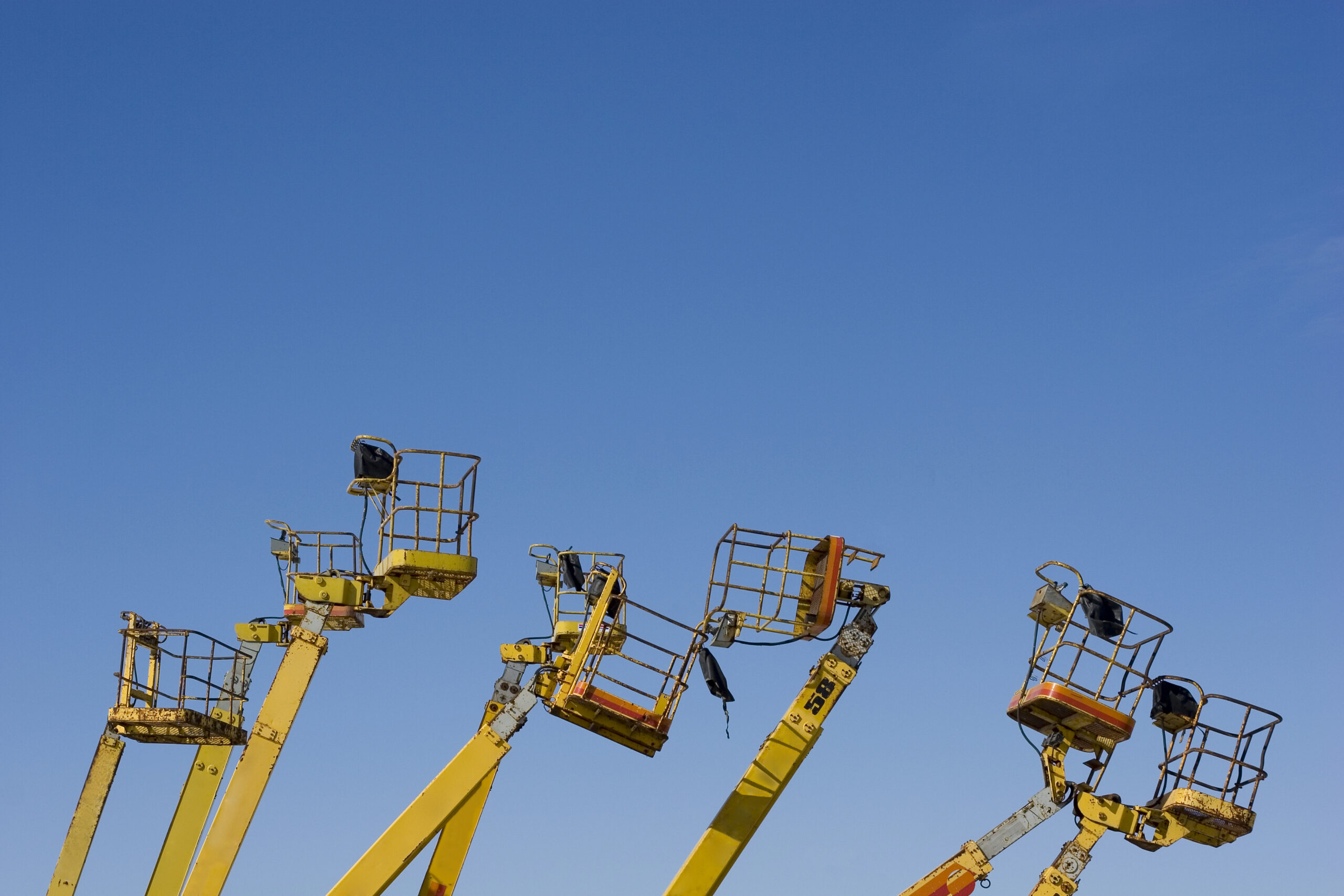
18 May Dedicate it to Rental
This article was originally published on LearningWithoutScars.com. View the original article post here.
Early in my career, I worked at an oilfield service company here in Texas. Something I learned there that has always stuck with me is the sense of urgency and the responsiveness to customer needs that were instilled in all levels of the operations. In the oilfield, “time is money”; keep large drilling rigs or large crews waiting on your services and you won’t be back on the next job.
Fast forward 10+ years when I joined Rental Service Corp. (RSC). I came to RSC from an AED type dealer that had what I thought was an active rental department. I thought we were in the “rental business”. What I found at RSC was a much different sense of urgency mentality, similar to what I had experienced in the oilfield. My thoughts were recently summed up by the head of the rental division of a large AED dealer. As we pulled up to one of their operations, the rental executive motioned to the left where the dealership operations were based and said “Those guys move slow”, then to the right where the rental division was located and said “We move fast.”
I can hear the groans from the dealership management saying that’s an unfair judgement. Maybe so, but I also think there will be some reluctant acknowledgment of truth to that. Having been on both sides of the equation, I can tell you that, to truly run a successful rent-to-rent operation, it requires dedication to rental. By dedication, I mean in every send of the word:
- A dedicated workforce from mechanics, to rental counter personnel, rental salesman and rental management. I don’t want my shop foreman “triaging” equipment and personnel deciding on whether to work on a customer machine or a rental machine. I don’t want my salesman spending hours on working on a deal to sell a 100,000 lb. excavator instead of the minutes it takes to quote a 3-month rental on a track loader.
- A dedicated facility with its own rental counter, a shop and a yard. The rental counter is friendly to walk-ins, the yard is segregated by rental ready and machines waiting to be serviced. Often, this arrangement can be handled with a shared facility, with separate entrances, with shop and yard space designated for rental.
- A dedicated rental fleet. No blurry lines between new sales, used equipment or rental purchase. These machines are dedicated to rent-to-rent and generally not for sale unless the rental machine can readily be replaced. I am okay with dealer oriented selling rental fleet quicker than a rental-only operation.
- A dedicated set of Key Performance Indicators (KPIs) strictly for the rental division. This may require a separate software system or some customization to your current system. In rental, it is crucial to track dollar/financial utilization of the fleet, time/physical utilizations of the fleet, repairs and maintenance as % of rental revenues, among others. There are also some sophisticated “add-on” data services such as Rouse Analytics that provides this key data compared to others in your market that may require specific software.
Some may ask why spend all this time and resources to establish or refine a rental division. I would point to the following two factors as why rental should be an emphasis of your business:
- The Rental Market is Growing. The American Rental Association, through its ARA Rentalytics™ service, has consistently touted 2022 to be a double-digit growth year for the construction and industrial rental segment. As recently as February 2022, the ARA affirmed its guidance for 12.1% growth in 2022 over 2021, with additional growth of 6% in 2023. There is the also notion that the combination of inflation, equipment availability and supply chain issues, in tandem with a labor shortage will cause more end users to rent equipment vs. buying equipment: i.e., an increase in rental penetration (equipment rented vs. owned by the end user). According to the ARA, rental penetration in 2019 was 56.7% and dropped to 54.5% in 2020. The last major shift in rental penetration was driven by the 2008 recession; according to the ARA rental penetration in the US was only 39.7% in 2005 steadily increasing from 2011 to the current level of 54.5%. Some industry observers believe the current market factors could drive rental penetration several points higher and possibly as high as 60% within the next 24-36 months.
- Let’s talk margins. New equipment margins may only be 10%-15%. Used equipment margins may be 20%-25% and parts margins may be 30%-35%. Depending on how you figure your rental margins, generally your true cost of sales (depreciation, repairs, etc.) run only 20%-30% resulting in margins on rentals of 70%+.
Rental is a predictable, recurring revenue stream. Add in the fact it is a high margin, growing segment of a business that you are likely already in. Ask yourself, given these margins, this growth, how should you spend your next hour? My answer is to dedicate it to rental; you just may have to move a little quicker.

